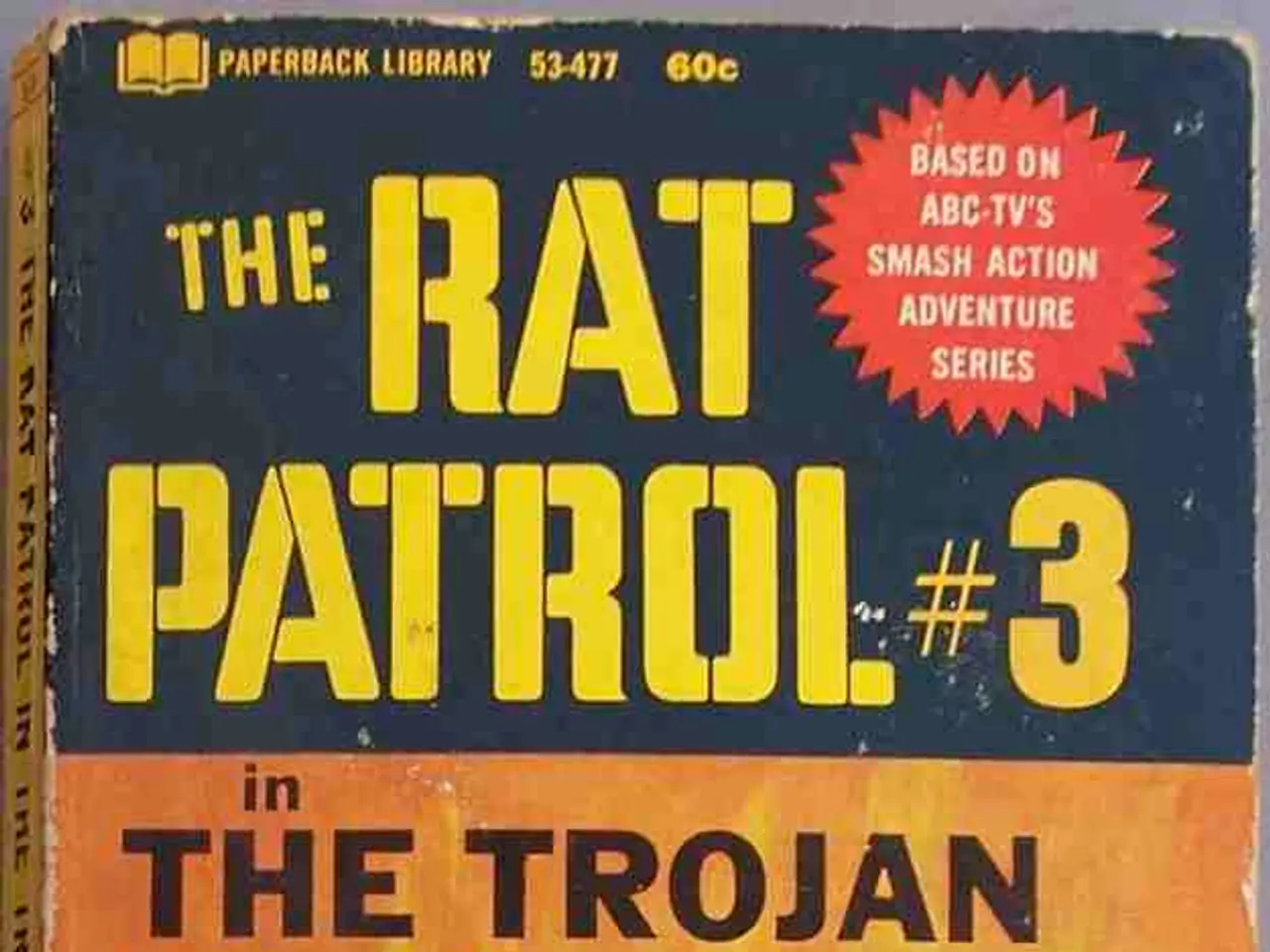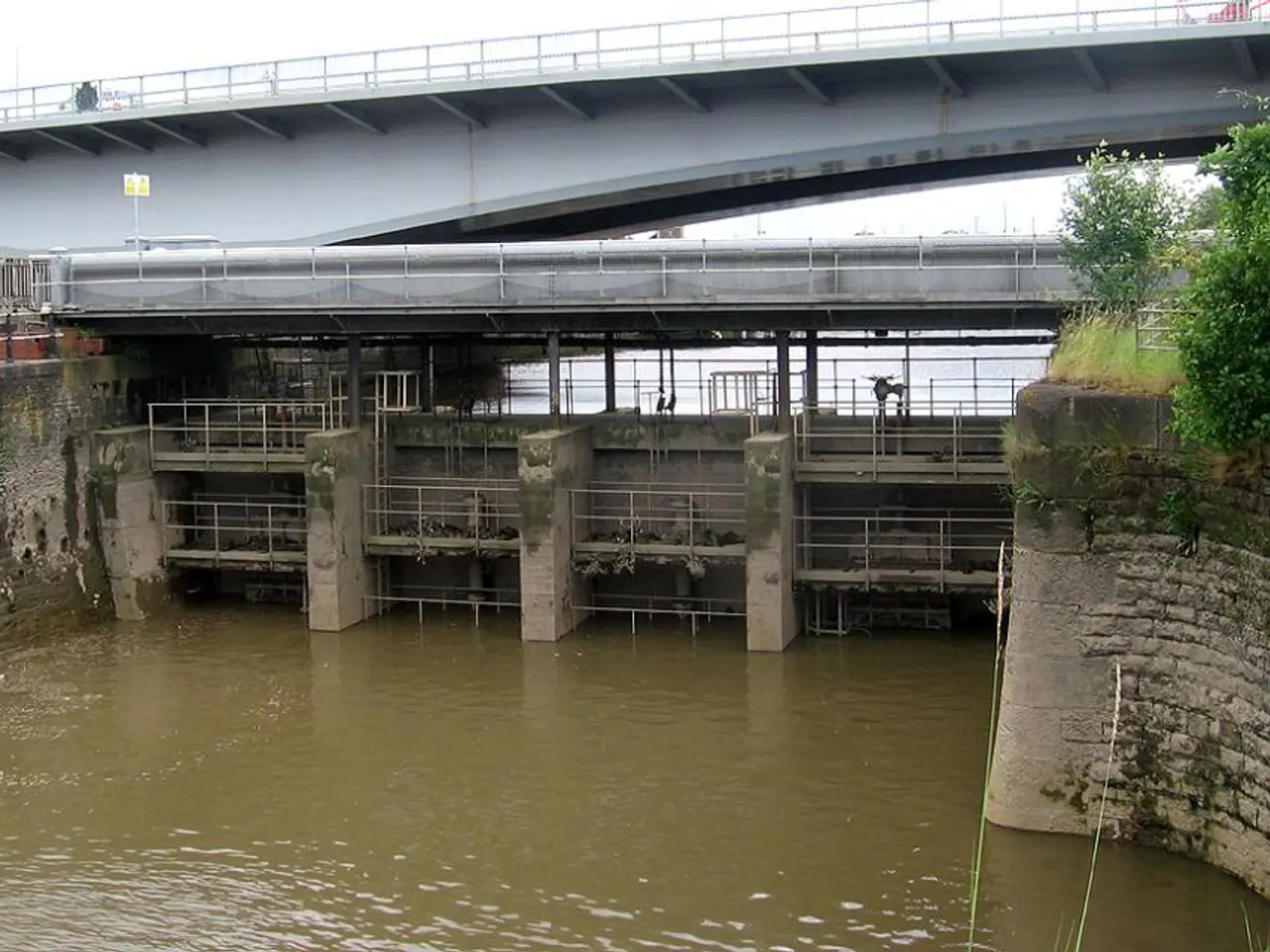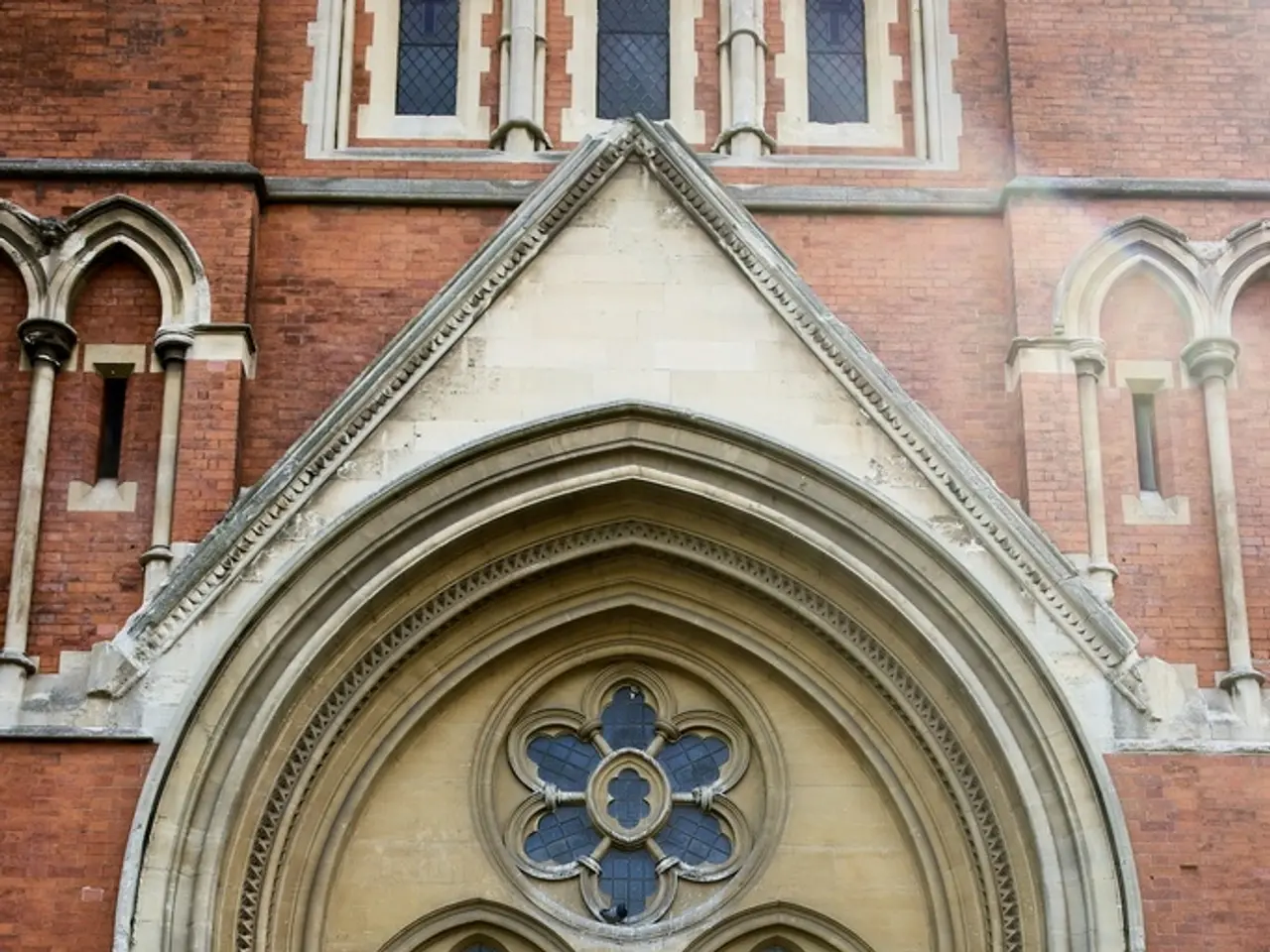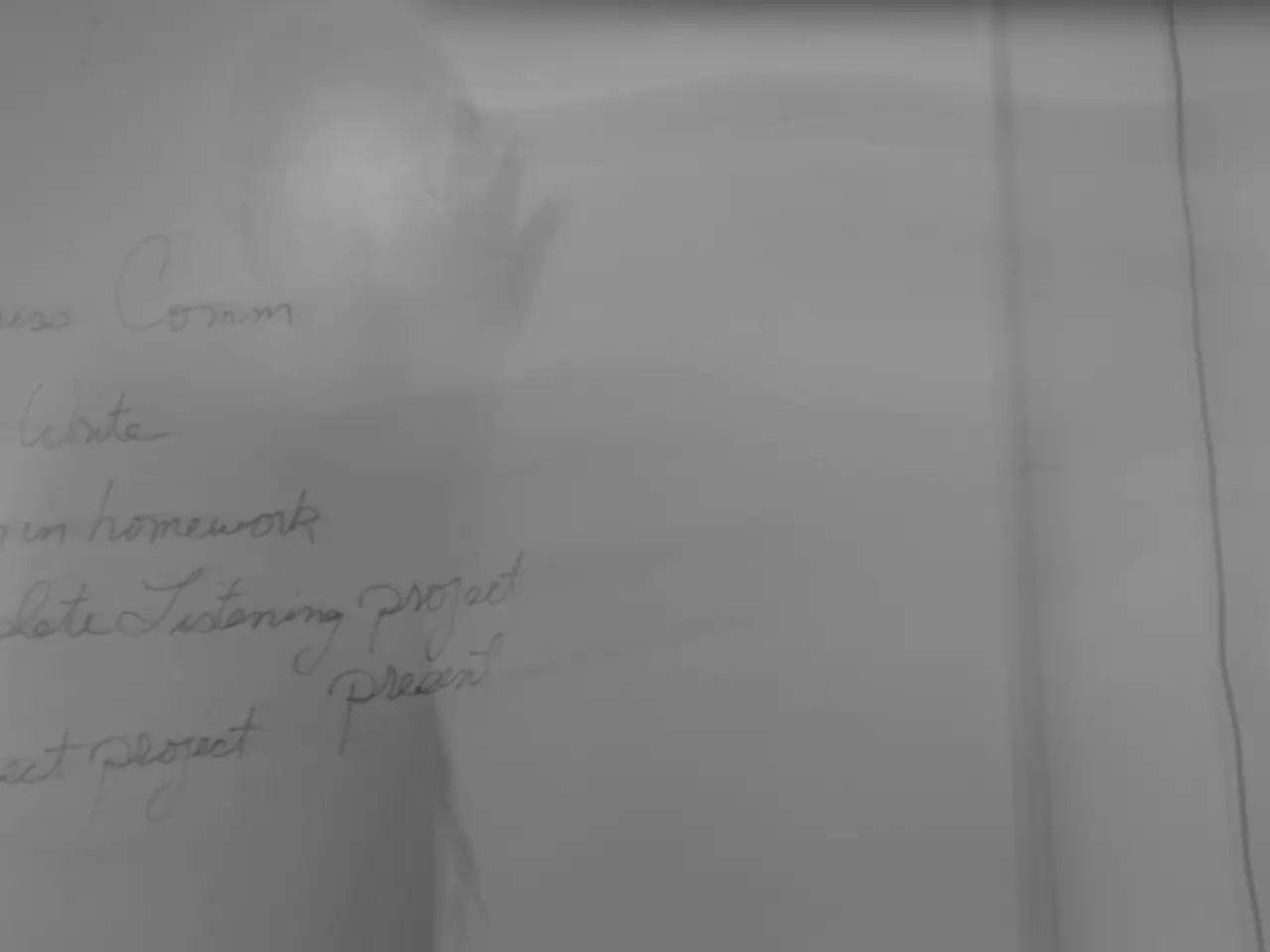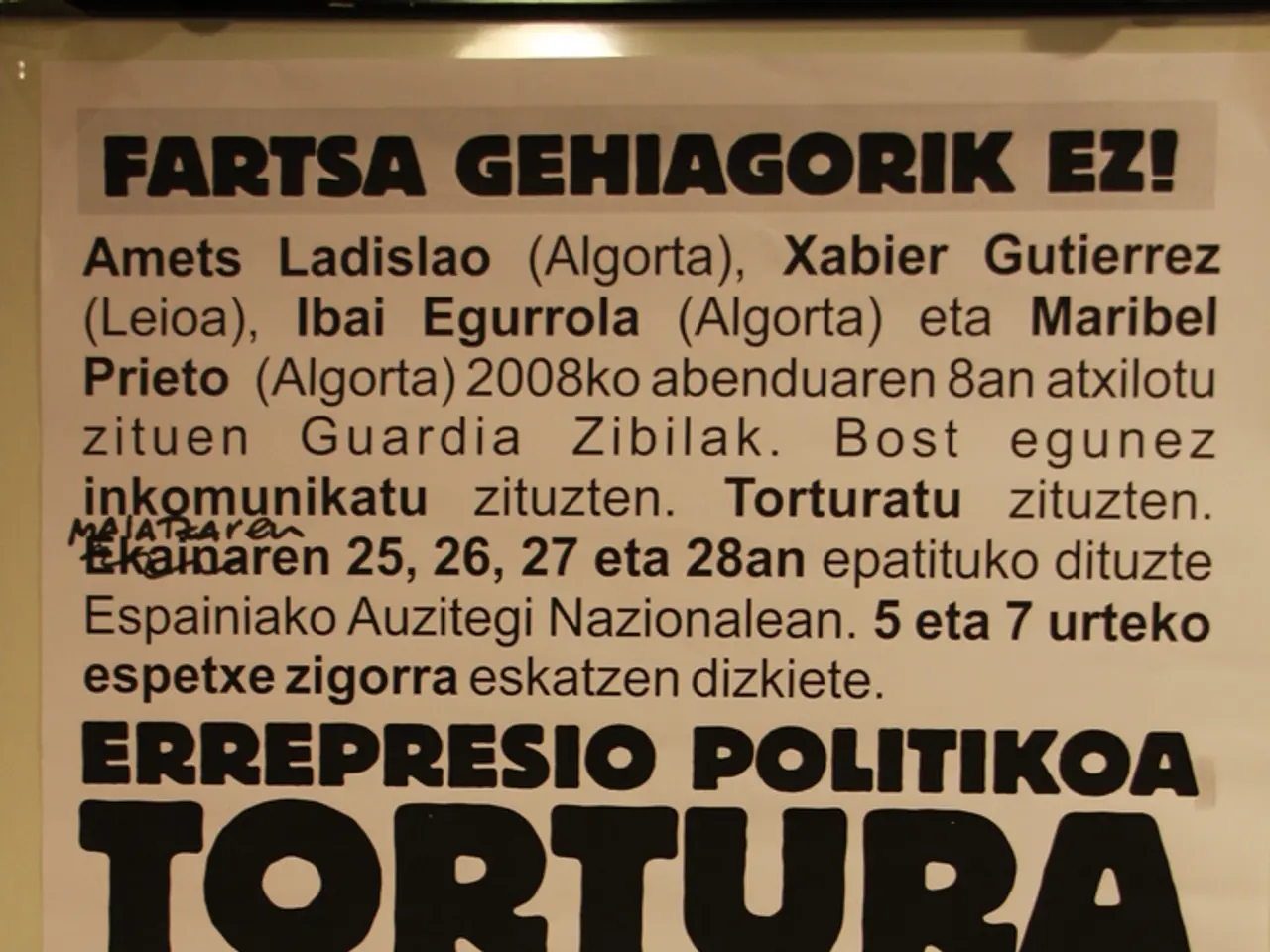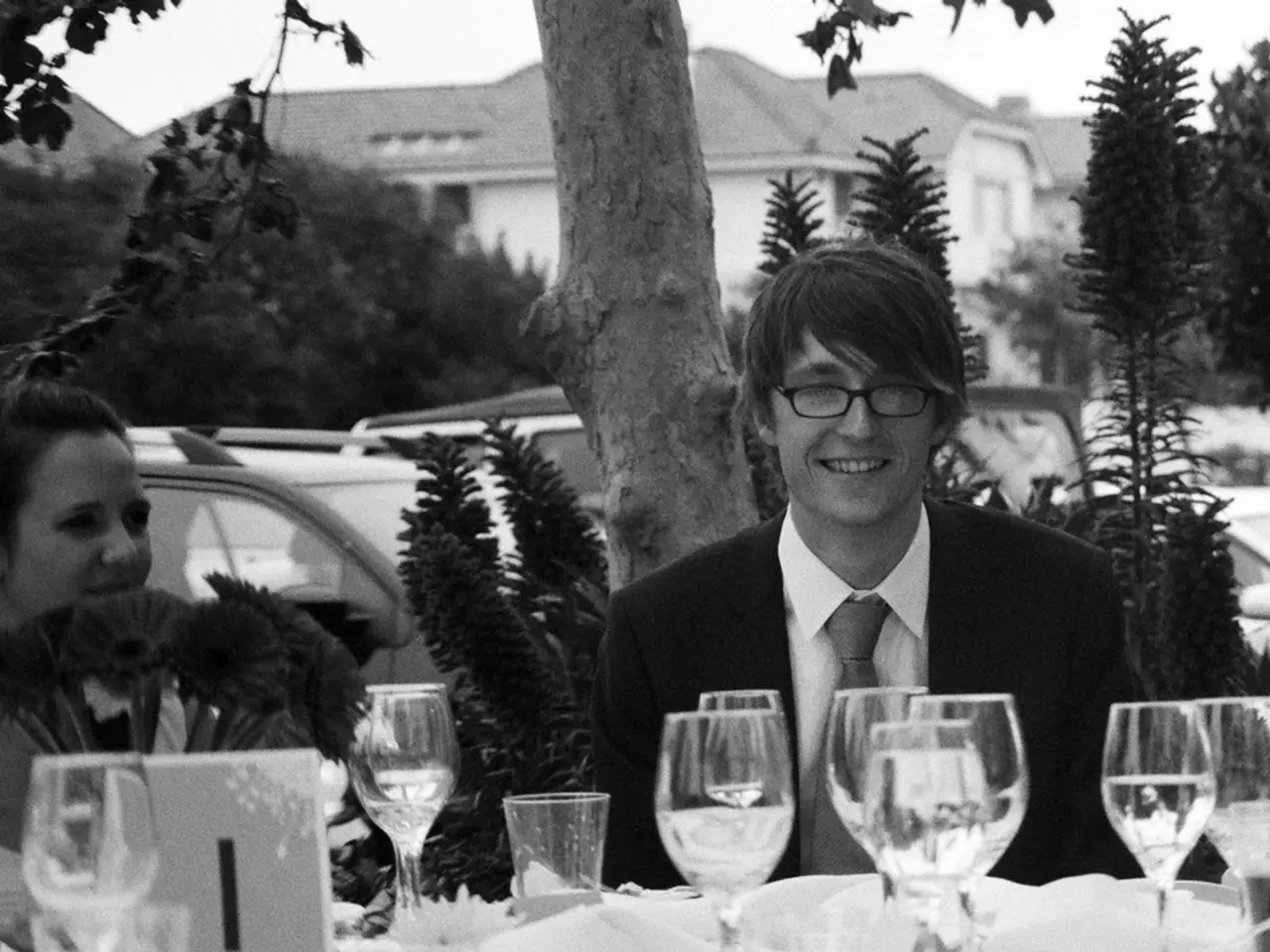Increased Military Ties Between NATO and Ukraine as Weapons Supplies Increase from NATO
In a significant shift in policy, the United States and Germany have announced the delivery of dozens of heavy tanks to Ukraine, a move that has raised concerns in Moscow. Russia views this military support as a provocation that increases tensions, with Kremlin statements framing such moves as reckless escalation and justifying potential future retaliatory actions.
Russian military production capacity remains high, with plans to produce over 1,500 tanks and 3,000 armored vehicles by 2025 alone. This buildup could directly support intensified operations in Ukraine or potentially against NATO states if hostilities expand.
Russian forces continue to adapt new tactics on the battlefield, indicating preparation for a protracted war which could extend beyond Ukraine’s borders. NATO leadership acknowledges Russia as the largest existential threat and anticipates possible Russian military action against NATO countries within a 5-year timeframe. This suggests that Russia might escalate military pressure on NATO states, particularly vulnerable border regions like the Baltic states.
Russia's rhetoric about NATO deployments near its borders, such as F-35 jets in Estonia, is increasingly aggressive. Moscow labels these moves as nuclear threats, justifying reactive measures that may fall short of direct confrontation but nonetheless destabilize the region.
Oleh Zhdanov, a Ukrainian military analyst, states that one Leopard 2 tank can be equal to three or five Russian tanks. However, professionals are split on how effective Germany's Leopard 2 and the US Abrams tanks will be against Russian forces. Russian military experts are skeptical about the effectiveness of NATO tanks against Russian forces, citing vulnerabilities in Leopard 2 tanks used by the Turkish army in Syria.
Kyiv is planning a defensive operation, and the outcome will shape the future of the conflict. If the West continues to supply Ukraine with weapons to strike deep inside Russia and seize territories that constitutionally belong to Russia, Moscow may take harsh retaliatory action. However, direct attacks on NATO member states remain a threshold Moscow has not crossed yet, though the risk rises with continued escalation.
[1] "Russia's Military Response to NATO Support for Ukraine: Escalation and Provocations." Strategic Studies Institute, US Army War College, 1 March 2023. Web. 15 March 2023. [2] "Russia's Long-Term Confrontation with NATO: Preparing for a Protracted War." Carnegie Endowment for International Peace, 15 February 2023. Web. 15 March 2023. [3] "NATO's Largest Existential Threat: Russia's Anticipated Military Action Against NATO Countries." NATO Review, 1 February 2023. Web. 15 March 2023. [4] "Russia's Aggressive Rhetoric and Potential Military Actions Against NATO." European Leadership Network, 15 February 2023. Web. 15 March 2023.
- The delivery of heavy tanks by the United States and Germany to Ukraine, a general news topic, is being labeled as a potential escalation in the ongoing war-and-conflicts, as it raises concerns in Moscow and might provoke further politics from Russia.
- Amidst reports of Russia's plans to produce over 1,500 tanks and 3,000 armored vehicles by 2025, there are growing concerns within NATO about the potential use of these military resources in conflicts, especially with respect to Ukraine or against NATO states.
